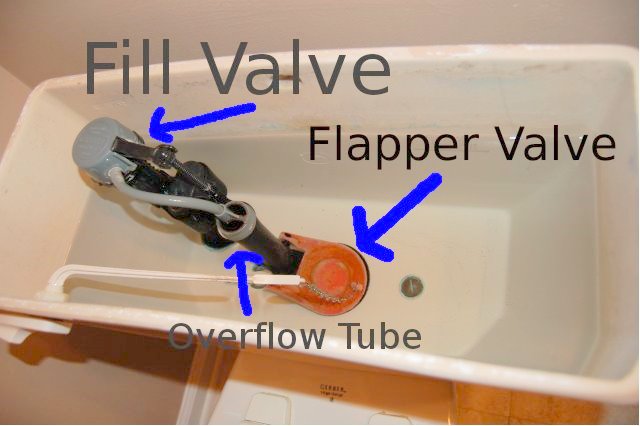I went on vacation for a week and shut the water main off before I left.
No faucets were opened or toilets flushed after the main was shut off.
When I came back home, I turned the main back on and noticed a slight in-flow of water. Later during use, the faucets expelled air AS IF I shut the water off and opened a faucet or flushed a toilet.
I've checked every faucet and toilet and have verified there are no leaks.
My question is where did the air in the lines come from?
Turning the faucet from hot to cold didn't tell me which line had the air.
The only thought I had is that I turned down the hot water heater and that the contraction of the previously expanded water created an air pocket in the water heater. However, this brings up the question of how did the air get into the water heater (assuming this theory holds water .. haha)?
No faucets were opened or toilets flushed after the main was shut off.
When I came back home, I turned the main back on and noticed a slight in-flow of water. Later during use, the faucets expelled air AS IF I shut the water off and opened a faucet or flushed a toilet.
I've checked every faucet and toilet and have verified there are no leaks.
My question is where did the air in the lines come from?
Turning the faucet from hot to cold didn't tell me which line had the air.
The only thought I had is that I turned down the hot water heater and that the contraction of the previously expanded water created an air pocket in the water heater. However, this brings up the question of how did the air get into the water heater (assuming this theory holds water .. haha)?





